This circuit with a bicolor led signals red/green, depending on polarity, working on a voltage ranging from 3-12V. However, it suffers badly from voltage spikes, probably of several 10s of V, in which case it breaks down. What usually signals its demise is the led showing red and green simultaneously, until one color burns out. Typically, one or both of the diodes die, too.
My line of reasoning is that the diodes can stand a reverse polarity of 75V, and the resistors are dimensioned properly, which should be enough to secure the led, but I am obviously overlooking something. Could someone out there shed some light on this?



